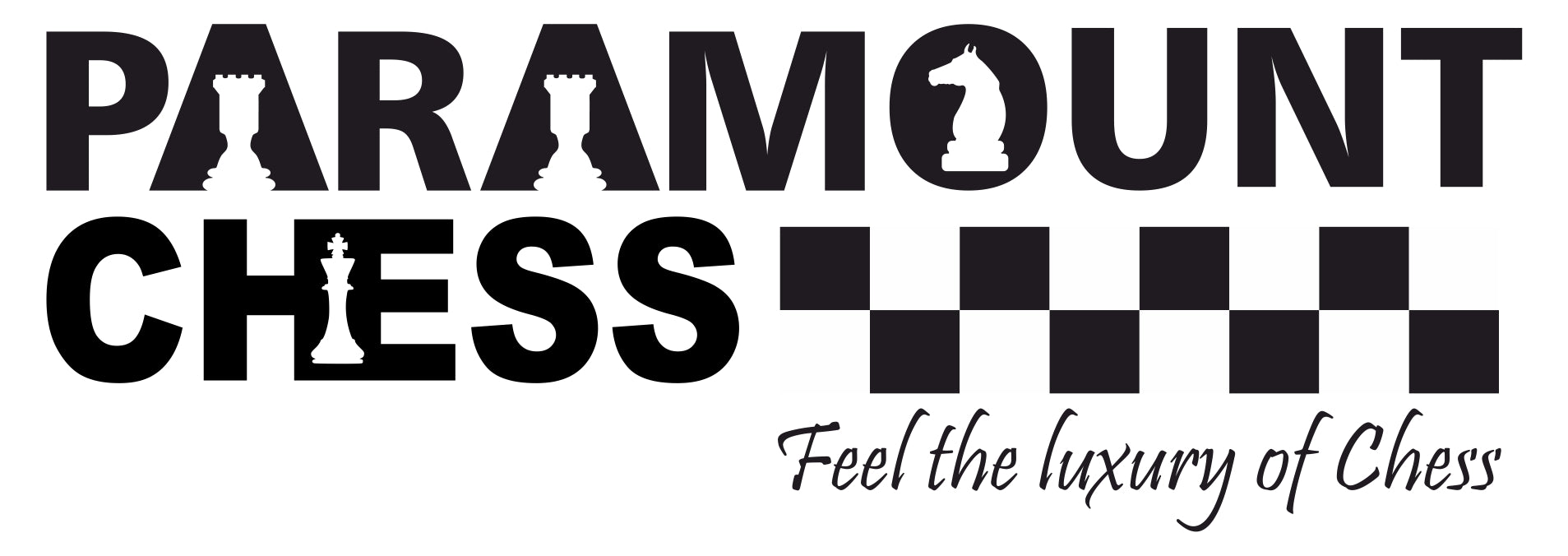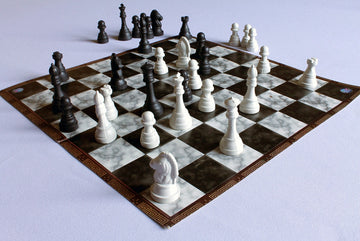
The Nimzo Indian Defence is a hypermodern opening that was envisaged by the man himself, Aron Nimzowitsch. From the name, it is evident that this opening is a combination of both, the Nimzowitsch Defence as well as the Indian Game. Players from all over the spectrum use the Nimzo Indian Defence to advance their game. It combines the best of both worlds and is very effective. In the Encyclopedia of Chess Openings (ECO) it is available from the categories of E20 to E59. As you can see, a major chunk of openings is denoted to the Nimzo Indian.

Some of the advantages of this opening are:
- This is a strong and solid opening
- Players employing this can easily develop wonderful postions
- Black is not held back in terms of development
Some of the disadvantages of this opening are:
- There might be an exchange of the black bishop and white knight following the capture of the black bishop. This creates an unbalance for black that may restrict progression.
- White already has its presence in the center and can easily fortify it if it chooses to do so.

The moves involved in this opening are:
- d4 Nf6
- c4 e6
- Nc3 Bb4
One of the key moves that defines the Nimzo-Indian opening is moving the black bishop to b4. This pins the white knight on c3 and is a great way to gain control of the center. There is constant pressure on the e4 and c5 squares exerted by black right from the start. This is quite unlike either of their parent openings which involve slow paced fortification as opposed to exerting pressure. Let us have a look at some of the popular variations of the Nimzo-Indian Defence below:
It is very important that you are well-versed with chess notations on the board. If you are not, please do not hesitate to check out our article on chess notations here:
Classical Variation
The Classical variation involves moving the Queen into the attacking plane as Qc2. This move accomplishes two purposes. Firstly, it defends the White knight from behind in case the bishop goes for the exchange. There is always the pawn on b2 however, this might weaken the defence. Secondly, it guards the e4 square on the diagonal. This prevents black from advancing its other knight.

The moves involved in this are:
- d4 Nf6
- c4 e6
- Nc3 Bb4
- Qc2
Another great quality about this variation is that it does not allow for doubled pawns to be formed. This is a great asset for White.
Anti Nimzo Indian Variation
What if you did not want to play the Nimzo Indian Defence? This is where the Anti Nimzo Indian variation comes in. It stops any player from advancing into this system only through one move. That move happens to be Nf3. This avoids moving the Knight to c3. Without any Knight at c3 to pin, The Nimzo Indian Defence is redered unplayable. Instead, the game transposes into other openings such as the Queen’s Gambit or the Queen’s Indian Defence which are interesting too.

The moves involved in this variation are:
- d4 Nf6
- c4 e6
- Nf3
Samisch Variation
This variation wraps up the exchange and destroys all momentum that black had. It changes the focus from playing on the flanks to developing and fortifying the center. White does not have a very favourable pawn structure comprising of double pawns and the possibility of a triple one.

The moves involved in this variation are:
- d4 Nf6
- c4 e6
- Nc3 Bb4
- a3 Bxc3+
- bxc3
Further developing this, black should play c5. This gives white an opportunity to break the chain of doubled pawns by exchanging. In case black does not want to exchange pawns, white will still be in a favourable position. This is because even though the pawns are blocked, they are still deep into enemy territory and are well connected. This can prove to be a great asset later on in the game as well.
Kmoch Variation
The Kmoch Variation involves playing f3. This is because White is trying to establish its dominance over the e4 square. In subsequent attempts it shall direct all firepower towards the center of the board.

The moves involved in this variation are:
- d4 Nf6
- c4 e6
- Nc3 Bb4
- f3 Bxc3+
- bxc3
If you observe closely, this is similar to the Classical variation with one key difference. That is, the exchange between the black bishop and white knight takes place after f3 is played. Therefore, this is a slightly more offensive opening than the classical variation just because of the timing and sequence of the moves.
Further Reading 1: https://www.chess.com/article/view/the-complete-nimzo-indian
Further Reading 2: https://www.thechesswebsite.com/nimzo-indian-defense/




